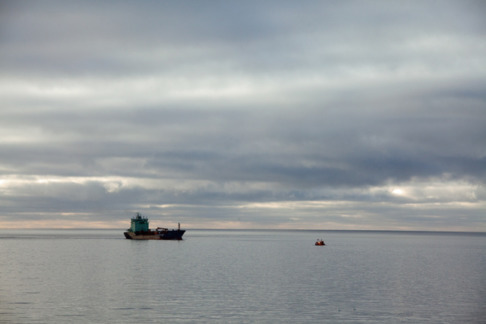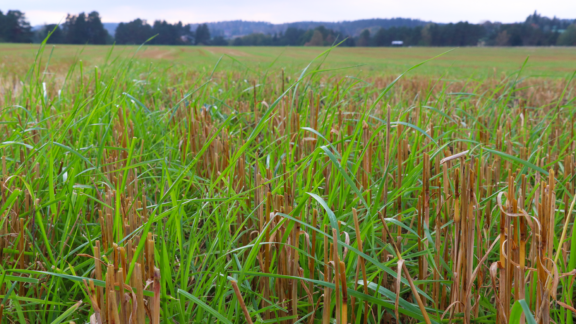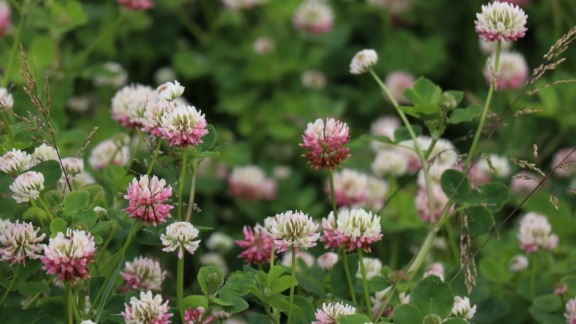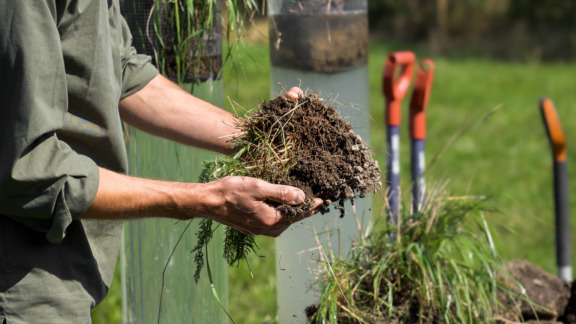Digital photography can be useful in combination with remote sensing when observing vegetation phenology
Article: Tracking vegetation phenology of pristine northern boreal peatlands by combining digital photography with CO2 flux and remote sensing data
Authors: Linkosalmi, Maiju et al.
Journal: Biogeosciences
Year: 2022
Vegetation phenology, which refers to the seasonal changes in plant physiology, biomass, and plant cover, is affected by factors such as precipitation, temperature, and water availability. Phenology is also associated with the carbon dioxide exchange between ecosystems and the atmosphere. Remote sensing, both ground- and satellite-based, is an effective tool for continuous monitoring of vegetation greenness and indirectly carbon fluxes. Time-lapse imaging with ground-based digital cameras provides information on the changes in the vegetation observed, even on the species and plant community level.
The study employed digital cameras to monitor the vegetation phenology of three natural open peatlands in Finland. The monitoring was conducted during five growing seasons. Greenness index was derived from the images, and the results were combined with measurements of carbon dioxide flux, air temperature and high-resolution satellite data. The data from the satellite and digital cameras showed similar seasonal courses, but a reliable timing of different phenological phases depended upon the temporal coverage of satellite data.
This study demonstrated that the digital photography data could be used for verification, interpretation, and gap filling of the remote sensing data. The digital images provided more accurate information about the phenology of plant communities, suggesting that the images can potentially be used for partitioning the ecosystem-scale carbon dioxide flux measurement.



